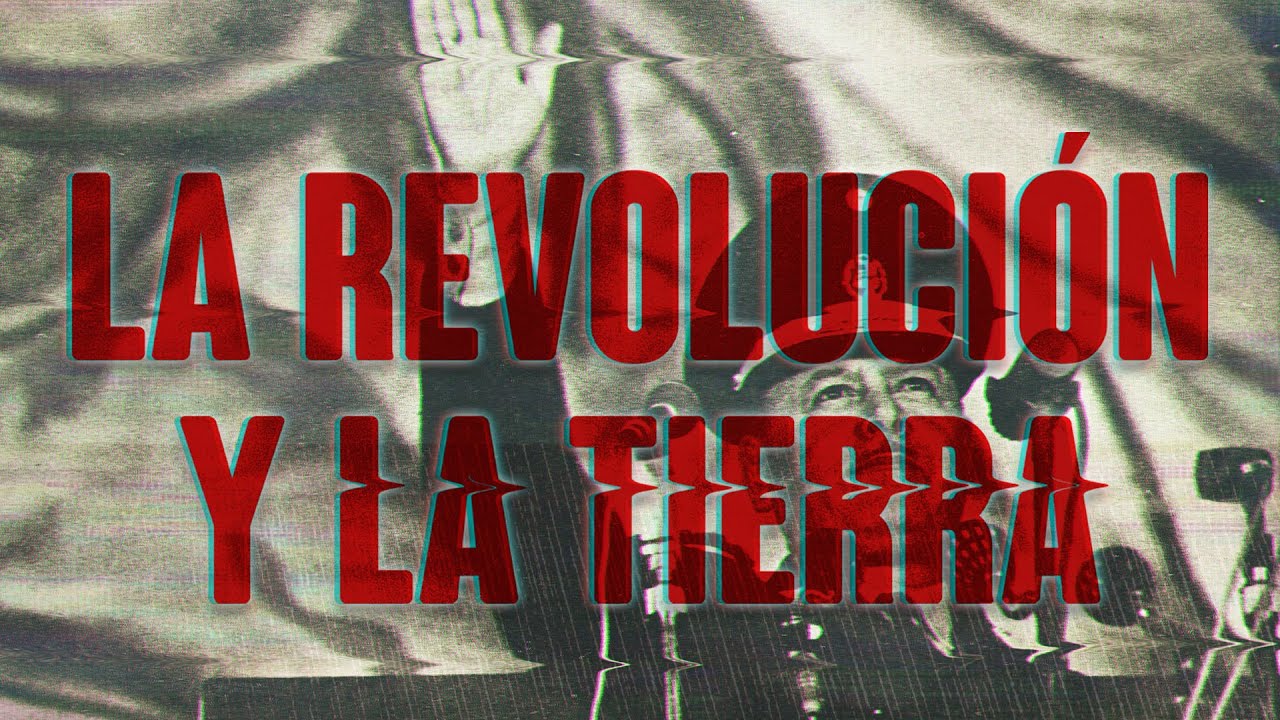Age of Reform
Summary
TLDRIn this video, we explore the Age of Reform (1828-1860), a period marked by various reform movements aimed at improving society. Key movements include Transcendentalism, which emphasized individualism and intuition, the Abolitionist Movement striving for the immediate end of slavery, and the push for women's suffrage, focusing on the moral duty of women to influence society. The Second Great Awakening also played a pivotal role in social reform, sparking changes in temperance, education, mental health treatment, and prison reform. These movements, deeply connected to religious and moral beliefs, collectively shaped the nation's progress toward justice and equality.
Takeaways
- 😀 Transcendentalism, an American offshoot of European Romanticism, emphasized intuition and the spiritual over the rational, aiming for individual moral and spiritual growth.
- 😀 Key transcendentalist figures include Ralph Waldo Emerson, Henry David Thoreau, and Margaret Fuller, who advocated for social reform, education, and minority rights.
- 😀 The abolitionist movement, led by figures like William Lloyd Garrison, Harriet Tubman, and Frederick Douglass, sought the immediate emancipation of slaves, viewing slavery as a moral issue.
- 😀 Harriet Beecher Stowe's *Uncle Tom’s Cabin* was a pivotal work that exposed the horrors of slavery, greatly influencing public opinion and contributing to the abolitionist cause.
- 😀 Women were integral to the success of various reform movements, including abolition and suffrage, but faced significant societal restrictions, including legal and economic dependence on their husbands.
- 😀 The women’s suffrage movement gained momentum in the 1840s, with the belief that women, as moral guides of society, should have the vote to help shape the nation’s moral direction.
- 😀 The Second Great Awakening (1790s–1830s) was a religious revival that focused on individual moral improvement and social reforms like temperance, mental health care, and the abolition of slavery.
- 😀 Utopian societies were born out of reform movements, aiming to create idealized communities based on equality, cooperation, and spiritual progress.
- 😀 The Age of Reform (1828–1860) was a period marked by significant social change, where people sought to improve society through various movements focused on moral and political change.
- 😀 The reform movements of this era were deeply interconnected, with religion, social justice, and the desire for a better society driving each movement towards similar ideals of equality and moral improvement.
Q & A
What is the core idea behind the Age of Reform period (1828-1860)?
-The core idea behind the Age of Reform was the drive to improve society through various social, political, and religious movements. This period focused on addressing issues like slavery, women's rights, temperance, education, and more, all with the goal of creating a better, more just society.
What were the key impulses driving reform movements in the 19th century?
-Key impulses included a strong belief in human nature and the goodness of the individual, which stemmed from the Enlightenment and Romanticism. There was also a desire for order and control in the midst of chaotic political, economic, and social conditions.
How did Transcendentalism differ from the Enlightenment in terms of philosophical beliefs?
-Transcendentalism emphasized intuition, spirituality, and the belief in an ideal, transcendent spiritual state, contrasting with the Enlightenment's focus on reason, logic, and the physical world. Transcendentalists believed that personal experience and emotion could lead to deeper truths, while the Enlightenment favored rational thought.
What role did the Second Great Awakening play in the reform movements of the time?
-The Second Great Awakening, a religious revival movement, had a profound impact on the reform movements of the period. It encouraged individuals to pursue moral perfection and social reform, leading to movements such as temperance, abolitionism, women's rights, and education reform.
How did the Transcendentalists contribute to American reform movements?
-Transcendentalists, including figures like Ralph Waldo Emerson, Henry David Thoreau, and Margaret Fuller, advocated for social reforms such as better education, the rights of minorities, and the importance of individualism. They believed that spiritual and philosophical self-improvement could lead to societal progress.
What were the primary goals of the Abolitionist Movement, and who were its key figures?
-The Abolitionist Movement aimed to end slavery in the United States. Key figures included William Lloyd Garrison, who called for immediate emancipation, Harriet Tubman, who helped slaves escape through the Underground Railroad, and Frederick Douglass, who advocated through his writings and speeches.
What was the significance of Harriet Beecher Stowe's *Uncle Tom's Cabin* in the abolitionist movement?
-*Uncle Tom's Cabin* was a powerful novel that depicted the brutal realities of slavery. It played a crucial role in raising awareness of the horrors of slavery, particularly in the North, and galvanized support for the abolitionist movement. The book became a bestseller and had a significant social impact.
How did the Cult of Domesticity influence the women's suffrage movement?
-The Cult of Domesticity, which confined women to the domestic sphere, argued that women had a moral responsibility to civilize their families. Women's suffrage advocates argued that, because women were responsible for the moral direction of society, they needed the vote to help guide the nation's moral compass.
What role did women play in the broader reform movements of the 19th century?
-Women were deeply involved in nearly all major reform movements of the time, including abolitionism, temperance, and the fight for better education. Their active participation in these movements laid the groundwork for the later push for women's suffrage.
How did the temperance movement connect to religious and social reforms during the Age of Reform?
-The temperance movement, which aimed to reduce alcohol consumption, was closely linked to the religious fervor of the Second Great Awakening. Reformers saw alcohol as a source of moral corruption and social problems, and they believed that promoting temperance was a way to improve society and align it with religious values.
Outlines

此内容仅限付费用户访问。 请升级后访问。
立即升级Mindmap

此内容仅限付费用户访问。 请升级后访问。
立即升级Keywords

此内容仅限付费用户访问。 请升级后访问。
立即升级Highlights

此内容仅限付费用户访问。 请升级后访问。
立即升级Transcripts

此内容仅限付费用户访问。 请升级后访问。
立即升级5.0 / 5 (0 votes)






